Porcupine safety tips
I remember when I first encountered Porcupines and in my head, they were put into the same category as skunks, which was, while driving, avoid at all costs, the quills could give me a puncture, with a possible accident, and the skunk will make the car stink forever more. As I said, both to be avoided
Porcupines are large rodents which can defend themselves with their hard barbed quills but, contrary to the myth, they cannot take aim and fire at you with them. Thank goodness, otherwise, they’d probably have been militarized by now.
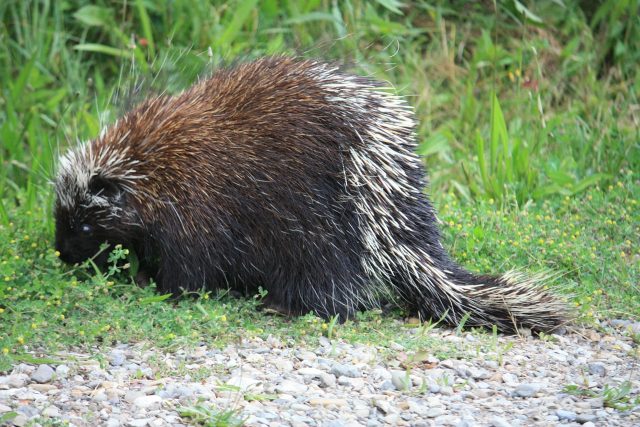
Porcupines are found in South Asia, Africa, North America, and South America. They vary in size from that of a domestic cat to quite large (over three feet high with spines erect). The American species can climb trees for food, but the African variety forages around on the forest floor.
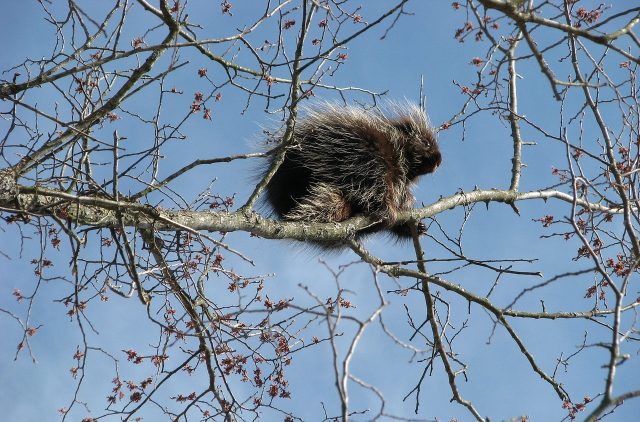
The quills are overlapping spines of keratin, which is much like the material of fingernails. These regularly fall out naturally like our hairs and, likewise, they grow back. This is not painful for the animal.
You do need to take care when you encounter porcupines; their quills are as dangerous as they look. If they are embedded in your flesh, the barbed quills are difficult and very painful to remove, and the wound can become infected.
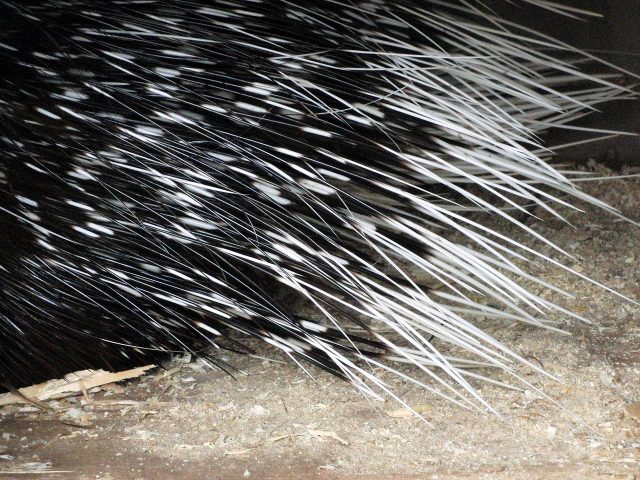
Porcupines are nocturnal, moving around at night. If you go hiking at night, make sure you have some form of light with you. If you stumble upon an area they inhabit, try not to startle them. You will want to give them some space and walk around them, giving them a wide berth.
They are afraid of larger animals like humans, but they are somewhat short-sighted and slow moving. While they will swing their tails, which makes a rather scary noise, they are unlikely to attack you.
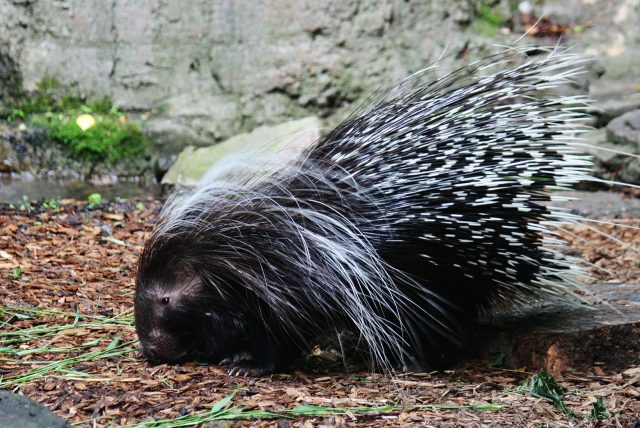
If you are unfortunate enough to get quills stuck in your skin they need to be removed as quickly as possible so that swelling does not make this an even more difficult task.
You will need scissors and a knife. Cut off the long end so you can get a good grip and give it a strong direct tug. Try not to twist or break it. Do not use your bare fingers, either, as you could injure your fingers as well.
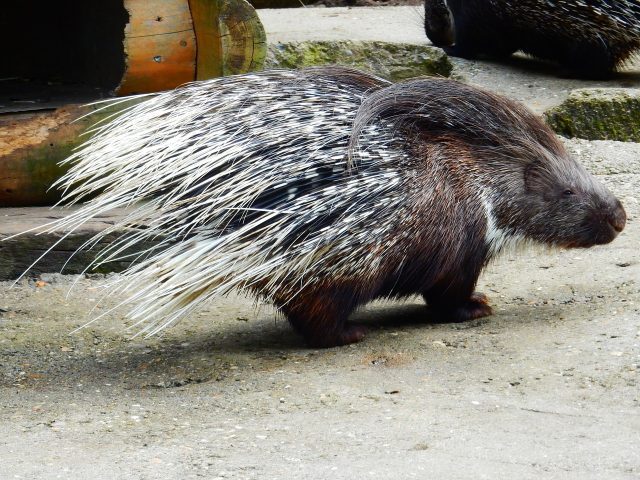
If you are at home or have some vinegar and baking soda on hand, make a solution of this and soak the quills until they soften. When they are all out, wash the area well with soap and water and apply some antiseptic cream. Painkillers and antihistamines may help. Watch the area closely for swelling, redness, or itching.
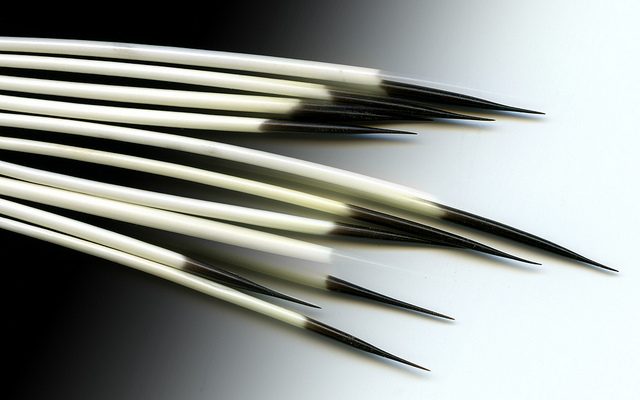
See a doctor promptly if quills deeply puncture the skin, or lodged in your face and mouth or injure the eyes.
If you have any comments then please drop us a message on our Outdoor Revival Facebook page
If you have a good story to tell or blog let us know about it on our FB page, we’re also happy for article or review submissions, we’d love to hear from you.
We live in a beautiful world, get out there and enjoy it.
Outdoor Revival – Reconnecting us all with the Outdoors





